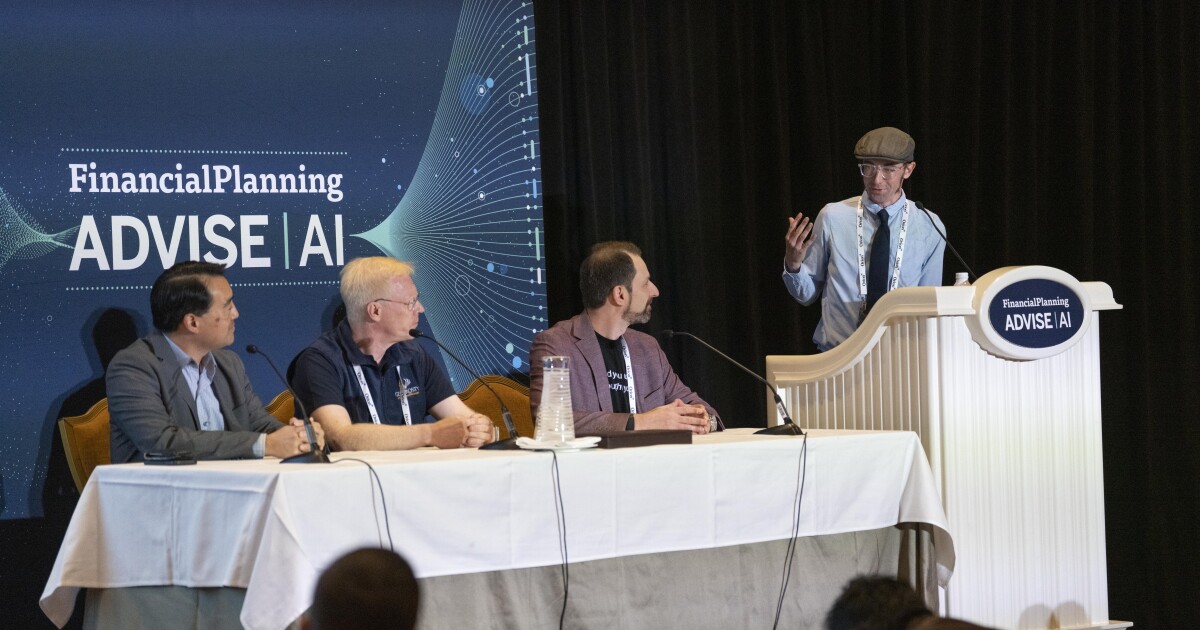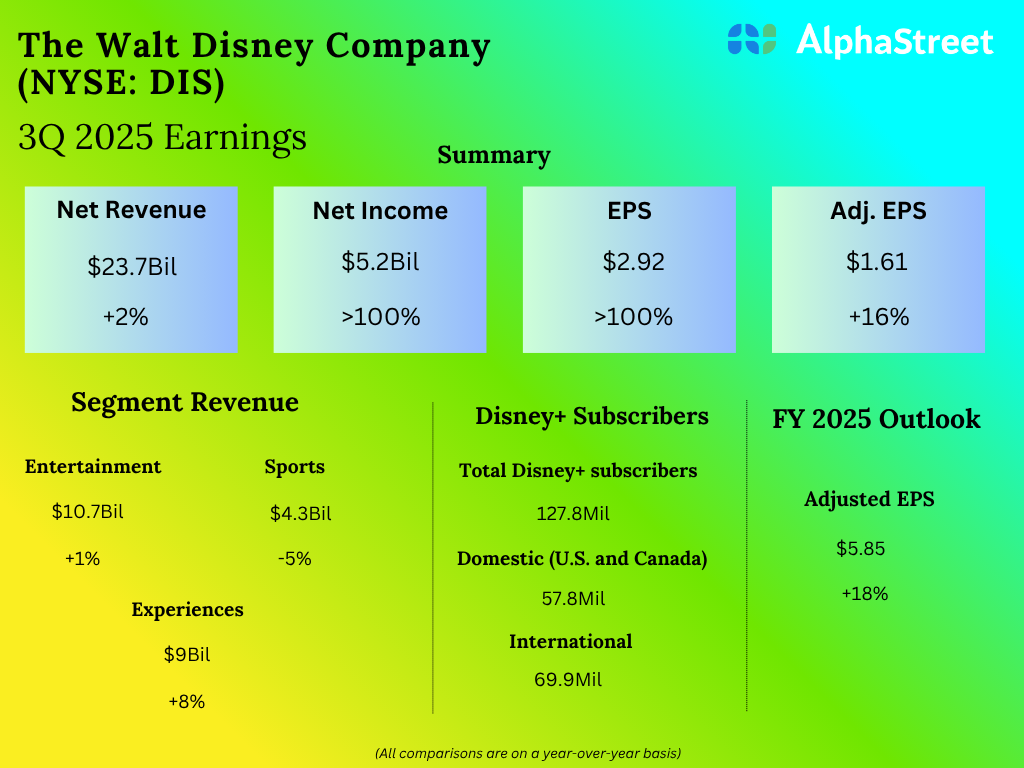Hiring in a financial planning firm often represents an important inflection point, where the decision to expand headcount can temporarily strain profit margins in the pursuit of long-term growth. But the investment of time, training, and onboarding resources often only pays off if the newly hired employee stays for the long-term. Firms dedicate an immense amount of time and resources to the hiring process, often focusing on ascertaining an employee’s technical and communication skills. However, technical competency and enthusiasm for the day-to-day work may not be enough to guarantee a long-term fit. In fact, when it comes to long-term retention, little matters more than culture fit – how an employee fits within a firm’s culture.
In this article, Senior Financial Planning Nerd Sydney Squires discusses how hiring advisors can crystallize their firm’s culture and screen prospective hires for cultural fit. Culture, broadly defined as ‘how things get done’ in a workplace, encompasses far more than stated values. It includes everyday policies, interpersonal dynamics, feedback styles, and even rituals or unspoken norms. These elements shape the employee experience and influence whether someone feels a sense of belonging and purpose – both of which are highly correlated with advisor wellbeing, according to Kitces Research. In particular, feeling comfortable being oneself at work and having autonomy over one’s schedule are significant drivers of job satisfaction. Accordingly, hiring employees who align with the firm’s values and culture increases the odds they will stay, grow, and contribute over time – rather than quietly disengage or exit prematurely.
This approach can also be applied upstream in the hiring funnel: by embedding cultural signals into job postings or firm websites – such as mentioning team rituals, core values, or preferred traits – firms can attract candidates who resonate with their ethos, while others can self-select out. The interview process itself can be structured to balance both technical competence and culture fit. Culture-focused questions can include asking candidates about their approach to ethical dilemmas, their learning styles, or their favorite work projects. Follow-up prompts like “What happened next?” or “Why did that matter to you?” help draw out authentic, reflective responses. Managers can also use brief work samples to observe a candidate’s behavior and values in action.
Ultimately, cultural fit doesn’t mean homogeneity or hiring in one’s own image; diversity of thought, background, and aptitude strengthen a firm’s capacity to grow and adapt. The key point is that clearly identifying core behavioral expectations and values that shape how people work together, and hiring individuals who are both capable and willing to work within those boundaries, can meaningfully enhance employee engagement and retention. Firms that build hiring processes around both aptitude and alignment are far more likely to assemble resilient, high-functioning teams that thrive over time!
Read More…



























